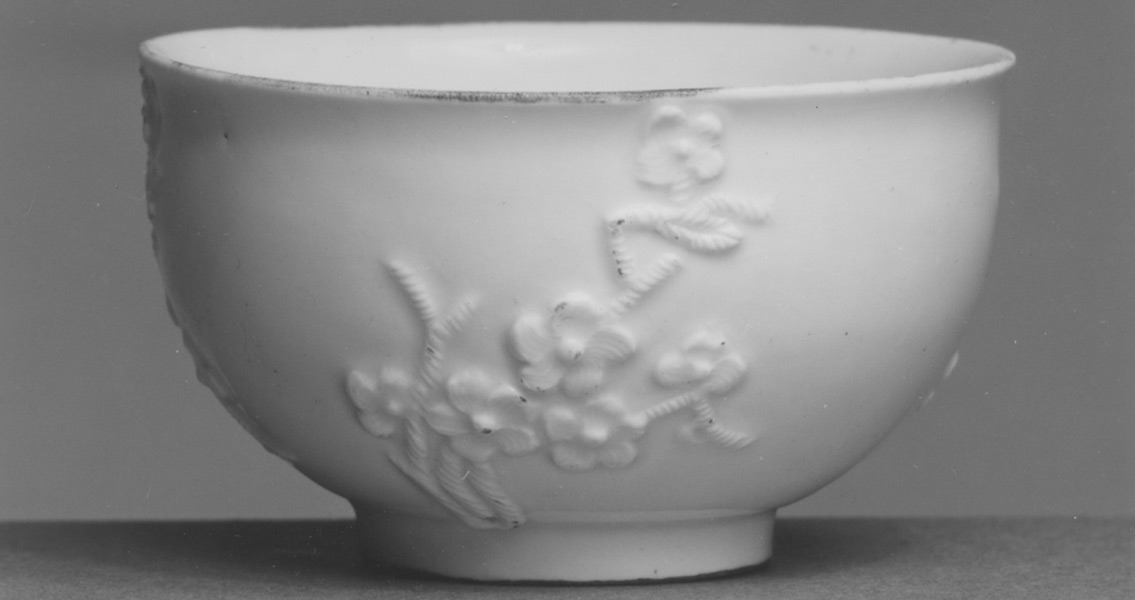<![CDATA[At an archaeological dig site in Philadelphia, Pennsylvania, a major discovery has occurred: the first physical proof of Revolution-era American-made hard-paste porcelain pottery. While it sounds like a minor thing, the process behind making hard-paste pottery during the eighteenth century was painstaking. First created by the Chinese in the seventh century CE, western artisans were often stymied in their attempts to replicate the process. Also sometimes called true porcelain, pottery made in this manner was highly sought-after for its translucency and beauty. According to an interview in Heritage Daily with archaeologist Robert Hunter, editor of Ceramics in America, the rediscovery of methods for creating it was a major milestone in the world of ceramic history; trying to find evidence of eighteenth century American artisans having the skills and expertise to create true porcelain has been elusive however, until now. He said that finding the bowl is akin to discovering the “holy grail” of American ceramic art. Archaeologists from Commonwealth Heritage Group initially found the artifact in 2014 amidst some nearly 85,000 others discovered on the site of the new Museum of the American Revolution. At first, experts thought the bowl was simple stoneware until geochemical archaeology expert Dr. J. Victor Owen and his team of colleagues found that the item was in fact hard-paste porcelain. What was even more astounding was that there was evidence that the item, a large, white punch bowl, had been made in Philadelphia during the eighteenth century. There are plans for the bowl to be exhibited initially at the New York Ceramics and Glass Fair in January before being returned to the Museum of the American Revolution. There it will take pride of place during the opening of the new museum in late April. The museum’s Vice President of Collections, Exhibitions and Programming Dr. R. Scott Stephenson told Heritage Daily that finding the true porcelain punch bowl shows just how deep the roots of the “buy local” movement is in American history and culture. In fact, it also shows how American colonists were determined to enjoy luxuries such as hard-paste porcelain objects that were made at home instead of having to import them from the United Kingdom, thus avoiding having to pay the Parliamentary taxation Americans so despised. With the colonial boycott in effect, this would have resulted in a booming business for local artisans – especially those capable of producing such high-quality work. The majority of the artifacts discovered from the site of the new museum were found in well and privy shafts that had been lined with bricks. The architectural features harbored a truly impressive number of ceramic artifacts both made locally by Philadelphian artisans and those imported from China, Germany, and England, according to field reports from Commonwealth Heritage Group. The new research findings are slated to be published in the January issue of Ceramics in America. The publication date is listed as March 17th and can be ordered here]]>
Key Discovery of Revolution-Era Pottery Unearthed in Philadelphia
